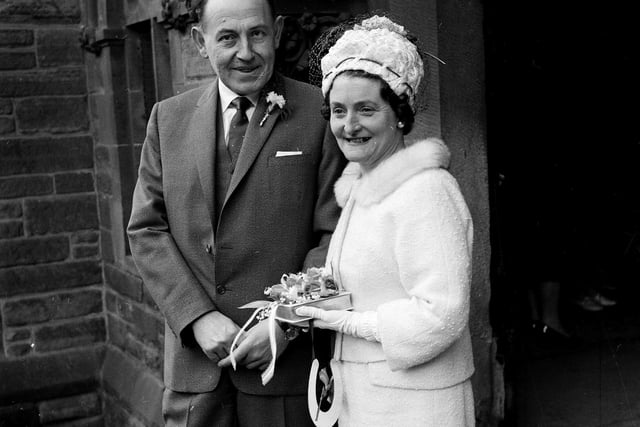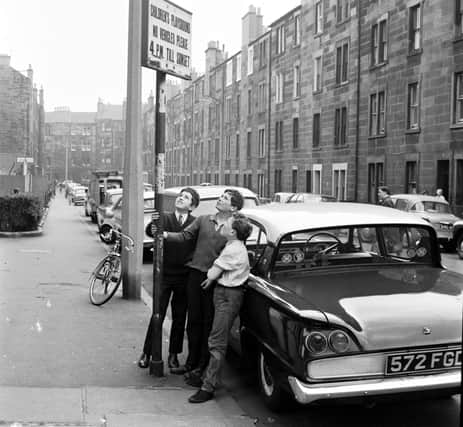Historians believe the area’s name comes from the Scottish Gaelic phrases dail ruigh or dail rìgh – meaning ‘place of the fields’ or ‘king's field’ respectively.
Dalry dates back to the early 14th century, when it was owned by William Bisset and ro se to prominence when it became home to the first paper mill recorded in Scotland, with a history stretching back to at least 1478.
The Dalry Mill produced paper for Edinburgh’s printing and publishing businesses until the middle of the 18th century.
In the 17th century Dalry remained outside the old city walls and was part of the agricultural estate of Dalry House, constructed in 1661 by the Chiesley family, and remained largely undeveloped for the next two centuries.
The house was sold to the Walker family in around 1790, then ended up in the hands of the Scottish Episcopal Church in 1870, when it was used as a teacher training college and by the Edinburgh and Leith Old People's Welfare Committee until its closure in 2002.
It wasn’t until the 19th century that serious development transformed Dalry, when a mix of traditional tenements and terraced ‘colonies’ were built to house workers required by local industry, including the railway, the Fountain Brewery, the Caledonian Distillery, the North British Rubber Company's Castle Mill and the Grove Street Biscuit Factory.
To deal with the surging demand for housing, in the late 19th century Scottish businessman Sir James Steel bought three large areas of ground to construct major housing projects – the Caledonian, Downfield and Murieston developments.
During the Victorian and Edwardian eras, a number of well known landmarks were added, including the Dalry Swim Centre and the Haymarket Cinema (now a tattoo parlour).
Modern day Dalry is primarily a residential area, just 10 minutes walk from Princes Street, centred around Dalry Road, which has numerous shops, restaurants and small businesses.
Almost all the industry has now gone, replaced by housing – the most recent major development being Dalry Gait in the early 21st century.
Here are 29 pictures to take you back to Dalry in the 19650s and 1960s.
Read more:
A message from the Editor:
Thank you for reading this article. We're more reliant on your support than ever as the shift in consumer habits brought about by coronavirus impacts our advertisers.
If you haven't already, please consider supporting our trusted, fact-checked journalism by taking out a digital subscription.

1. On the high street
A picture looking down Dalry Road towards Haymarket taken in 1962. Photo: Unknown

2. Play for today
Children playing in safety in Orwell Place after a 'No Vehicles After 4pm' rule was introduced in August 1966. Photo: Crauford Tait

3. Just married
The Beech-Cook wedding in Dalry Congregational Church in March 1963. Photo: Unknown

4. Emergency services
This picture was taken after a fire in an ironmonger's shop on Dalry Road in December 1961. Owner Mr A Brown watches firemen deal with the situation. Photo: Unknown

